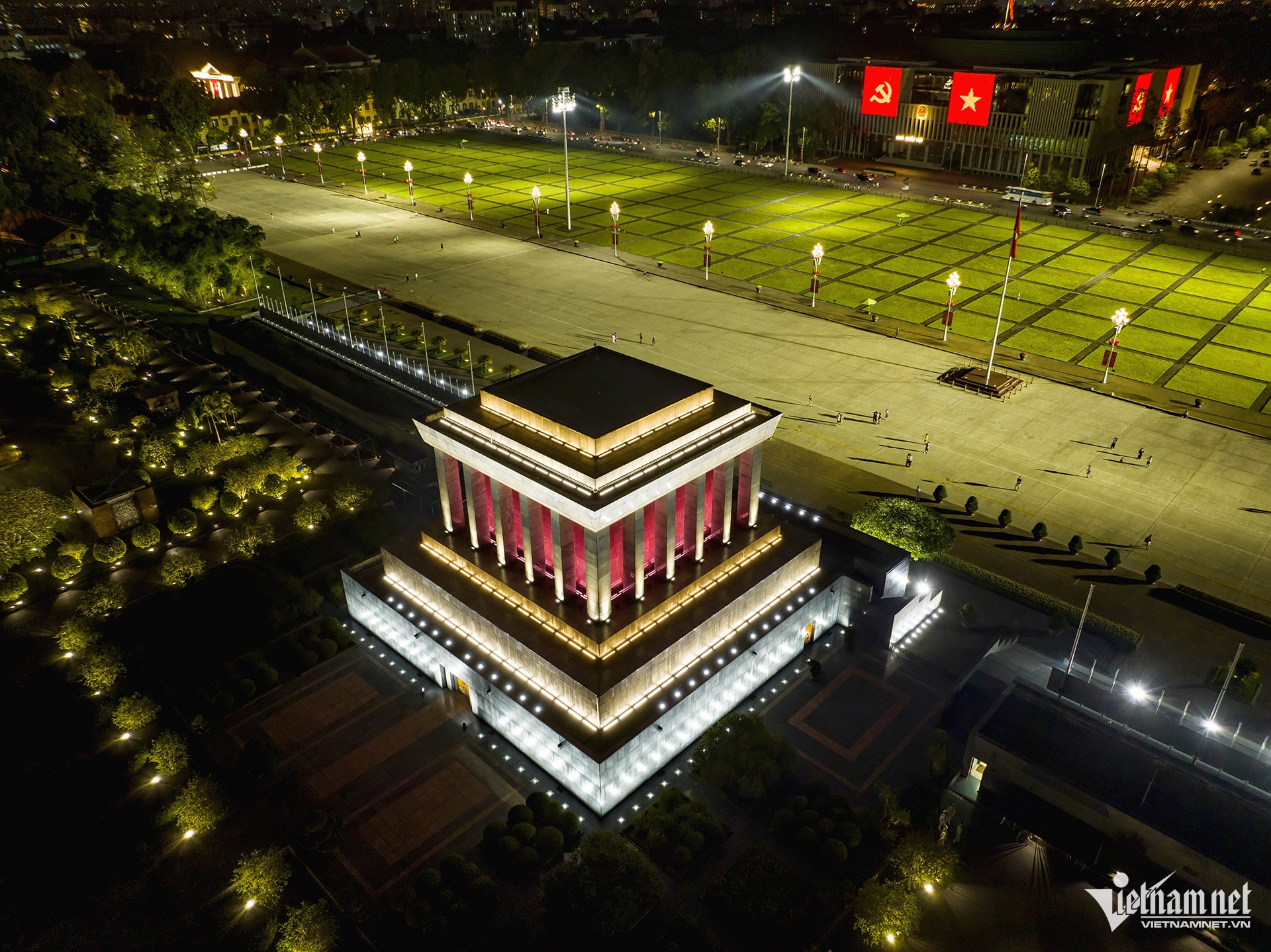
On September 2, 1945, at Ba Dinh Square, President Ho Chi Minh read the Declaration of Independence, founding the Democratic Republic of Vietnam. The square was a sea of people, flags, and flowers, with everyone beaming, joyful, and overwhelmed with happiness on that historic day.

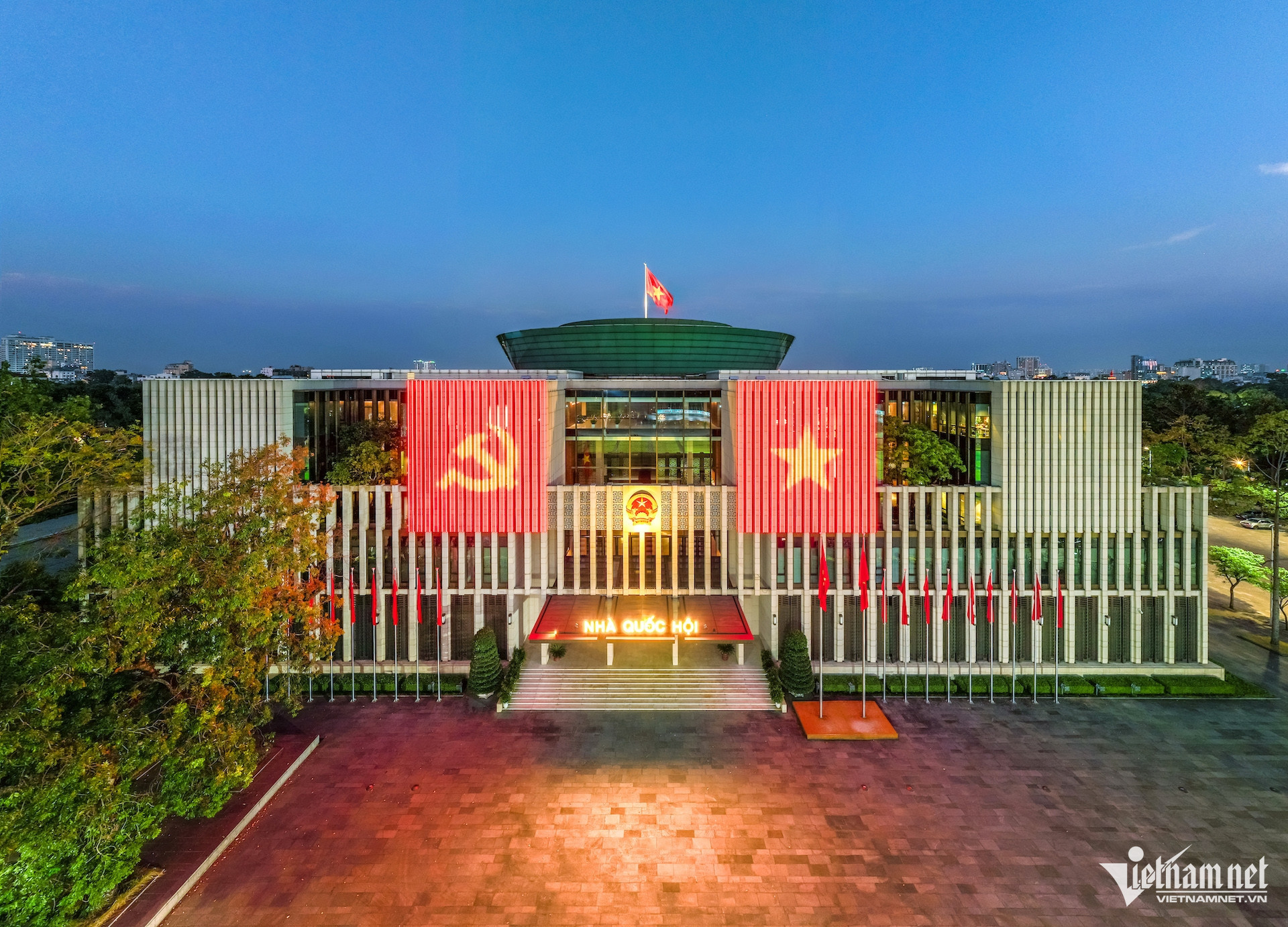
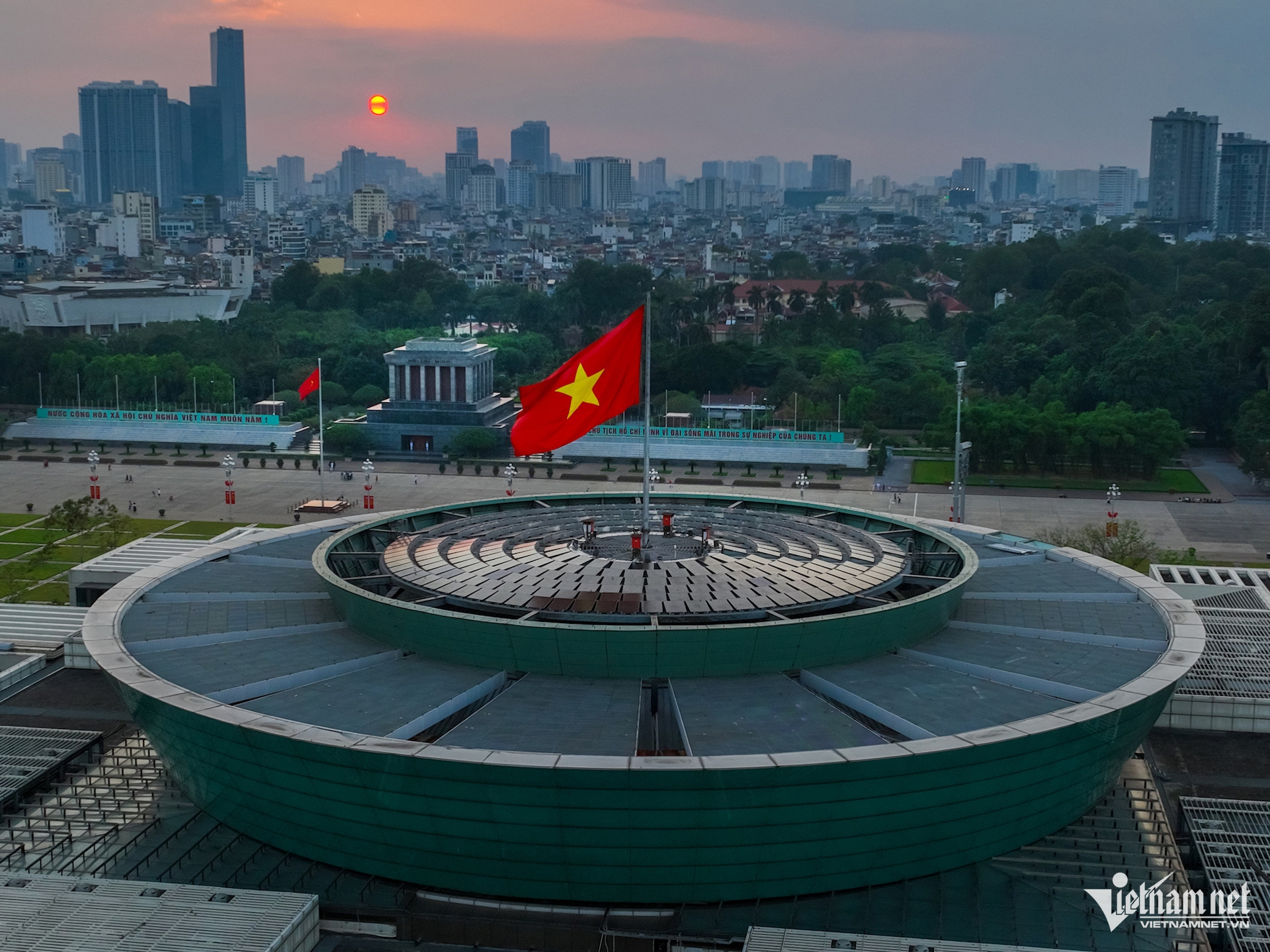

The Bac Son Memorial stands 12.6 meters tall within a 12,000m² area. Its body is a square column, 8.7 meters high, with a 0.9-meter-high base and a 1.35-meter-high pedestal. The surrounding water features span 1,255m², with green areas, lawns, and flower gardens covering 1,620m². The monument’s structure is made of reinforced concrete, with the exterior clad in ivory-white granite, resembling a giant candle lit against the blue sky.

Since October 10, 1954, the headquarters has served as the central command of the banking sector and is now the State Bank of Vietnam, overseeing state management of currency and banking operations.
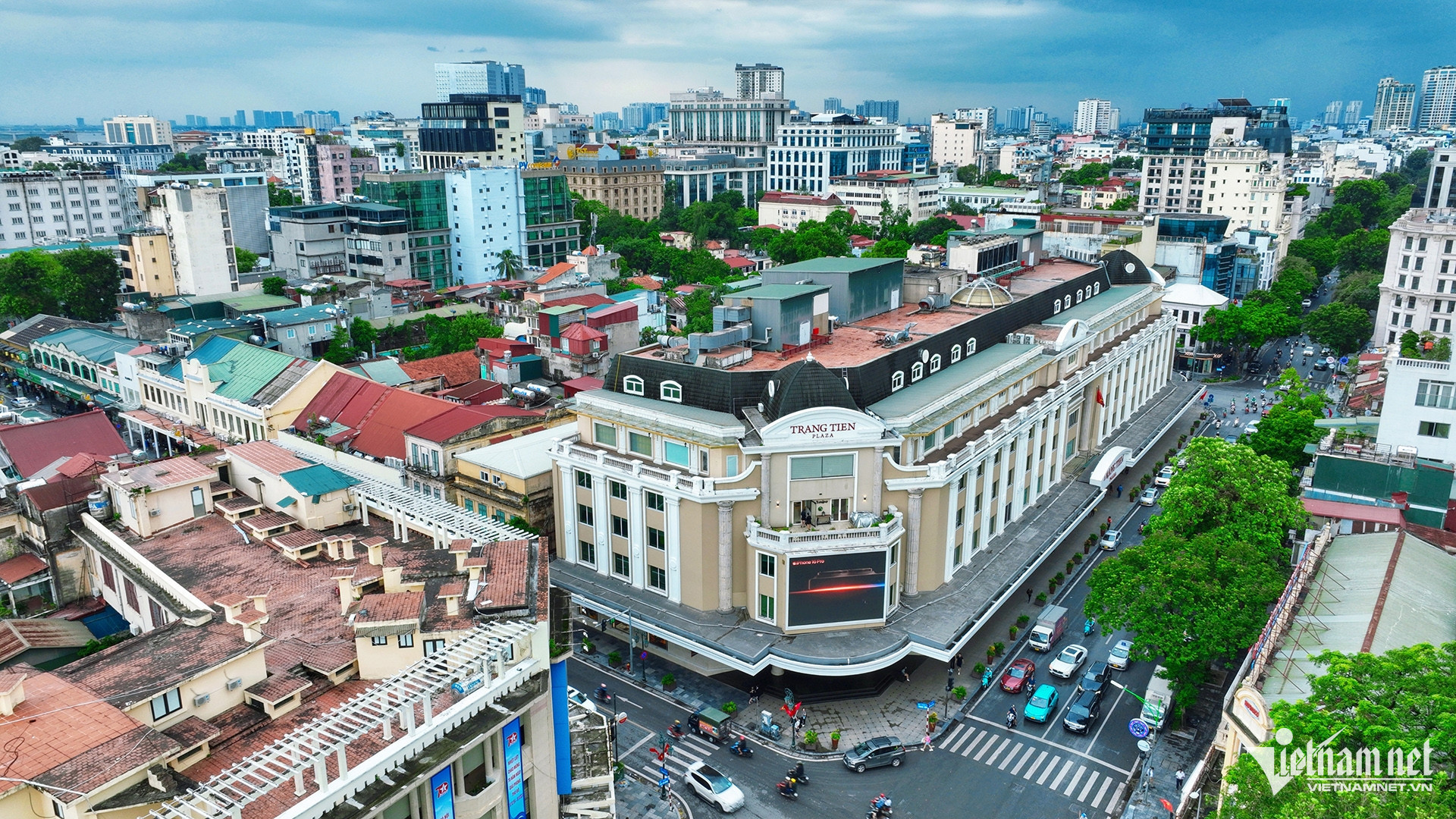
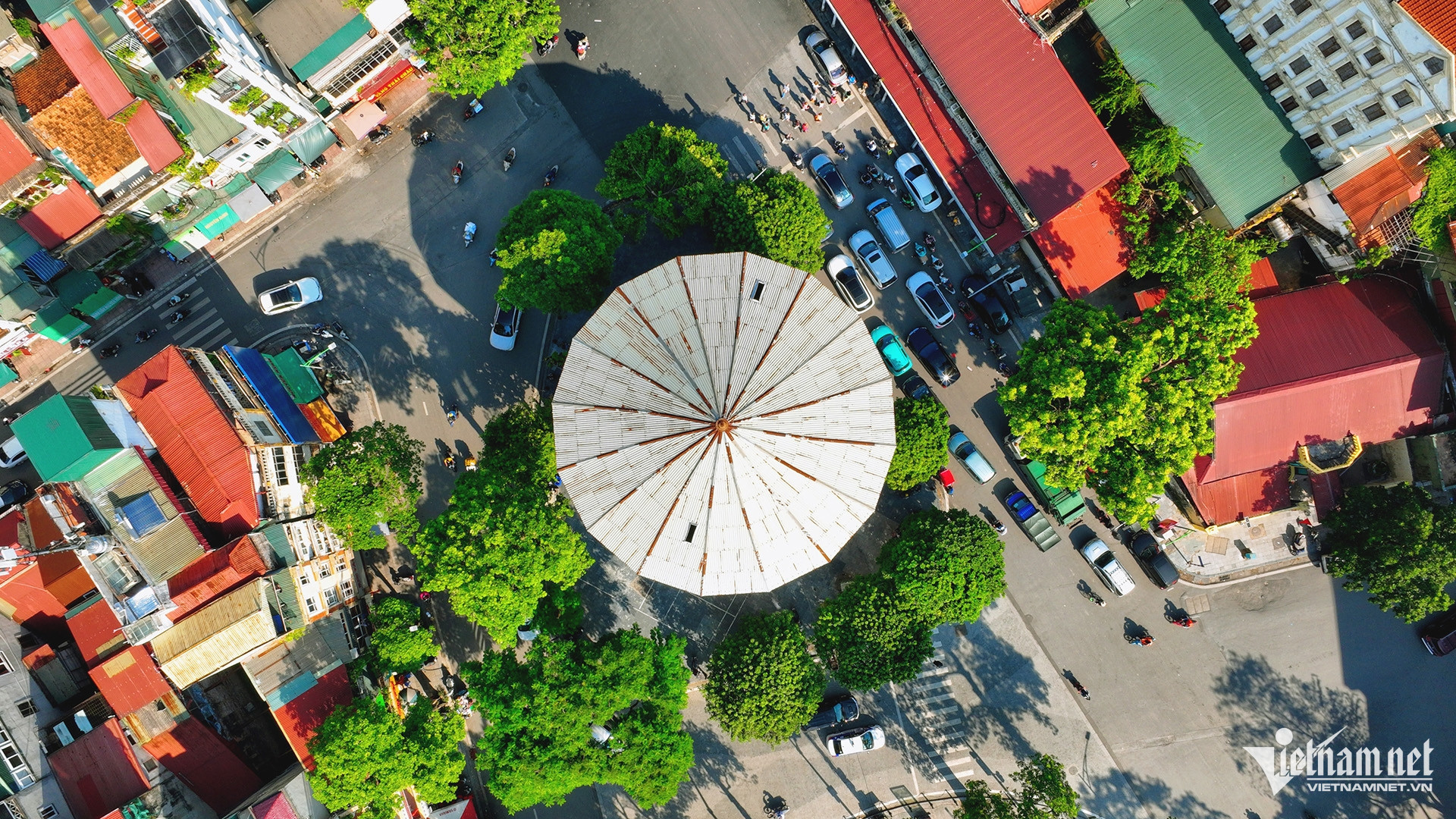
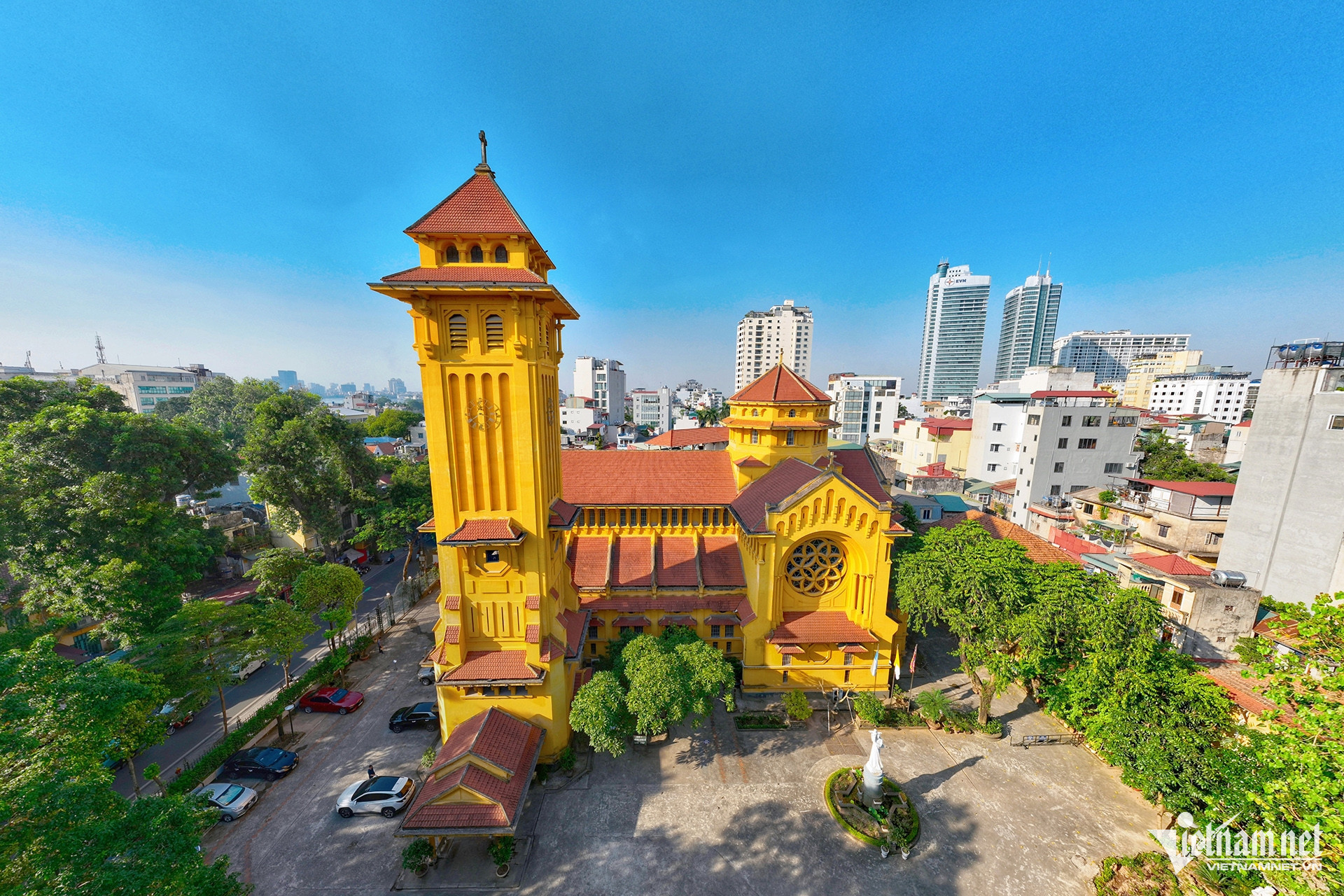
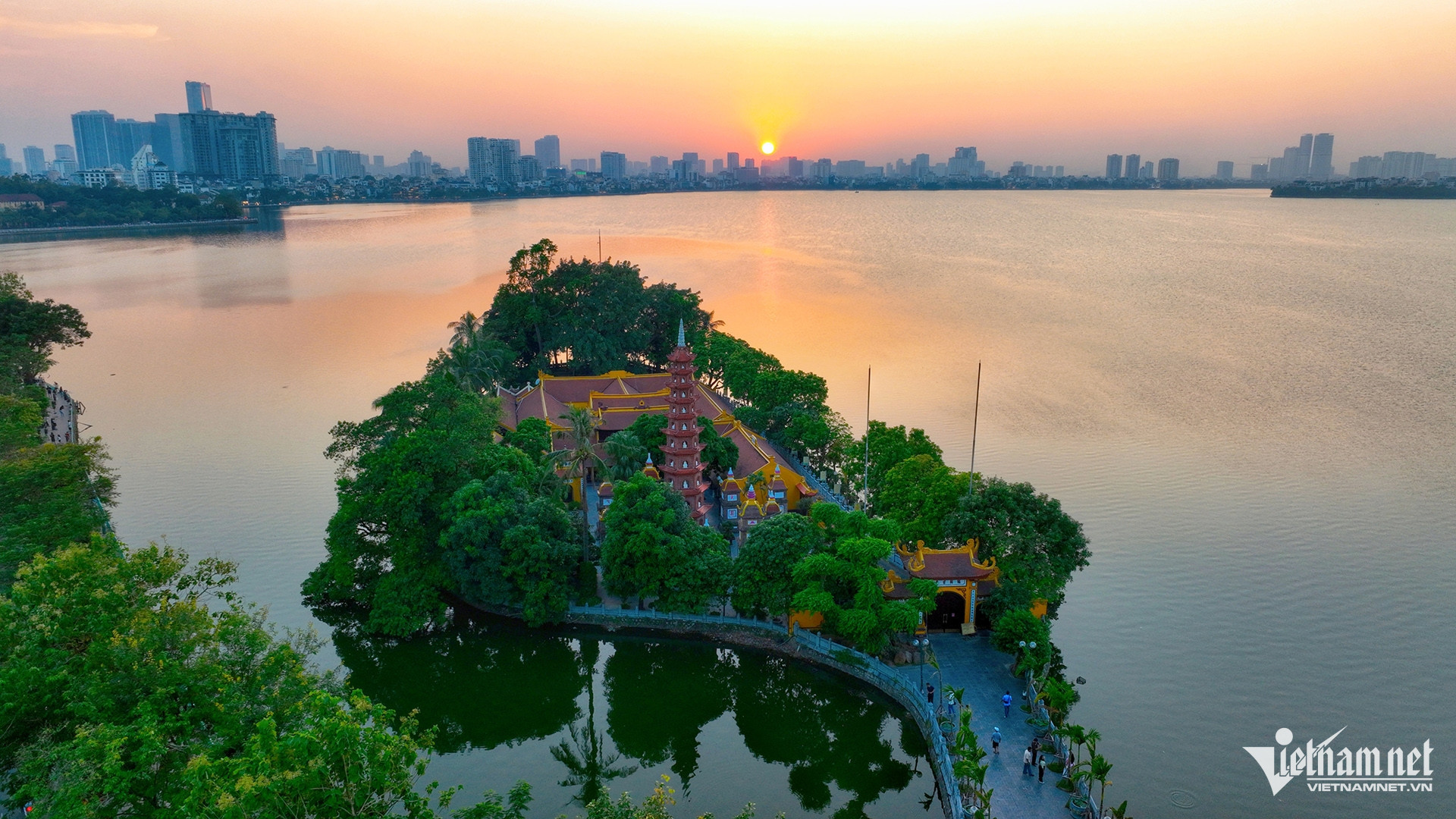
In 1962, Tran Quoc Pagoda was recognized by the Ministry of Culture and Information as a National Historical and Cultural Site. It holds great significance for Vietnamese Buddhism and is a proud heritage site, treasured for its architectural, historical, and cultural beauty.
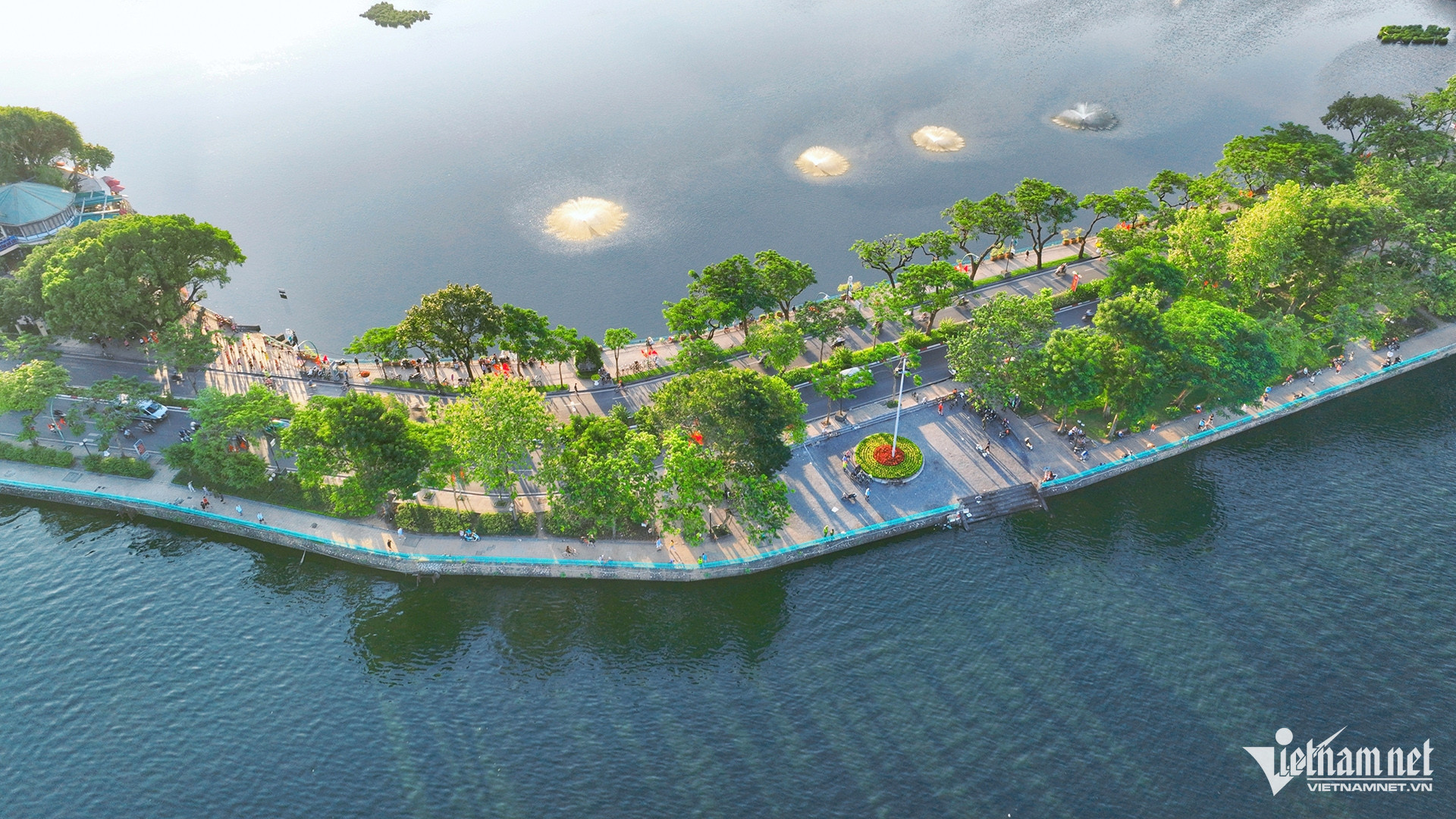
Thanh Nien Street, one of Hanoi’s most romantic “love roads,” was formed between the 15th and 17th centuries. The road stretches about 1 kilometer between West Lake and Truc Bach Lake, approximately 3 kilometers from Hoan Kiem Lake. On October 10, 1958, four years after Hanoi’s liberation, the Hanoi Administrative Committee began expanding Co Ngu Street, entrusting the project to Hanoi’s youth. In 1959, the renovation was completed, transforming the small, rugged Co Ngu Street into a wide, smooth road, which was then renamed Thanh Nien Street.
Hoang Ha - Pham Hai